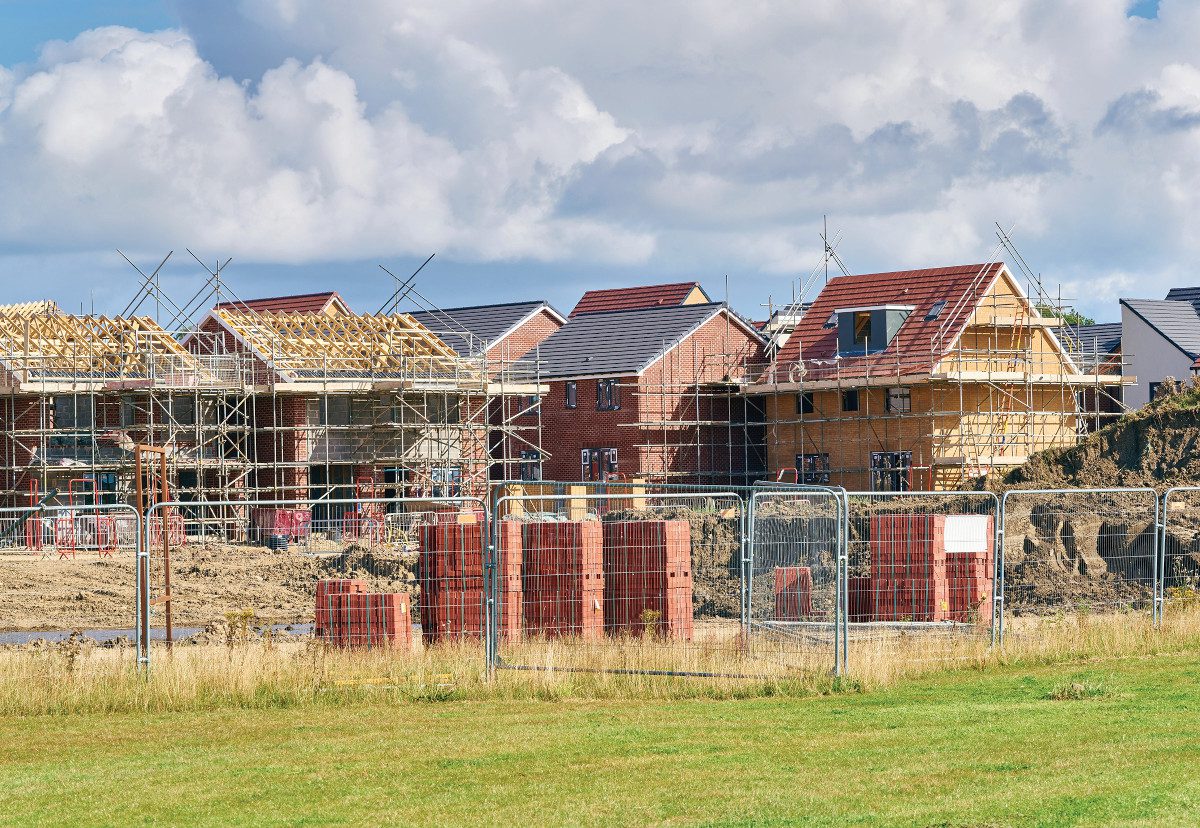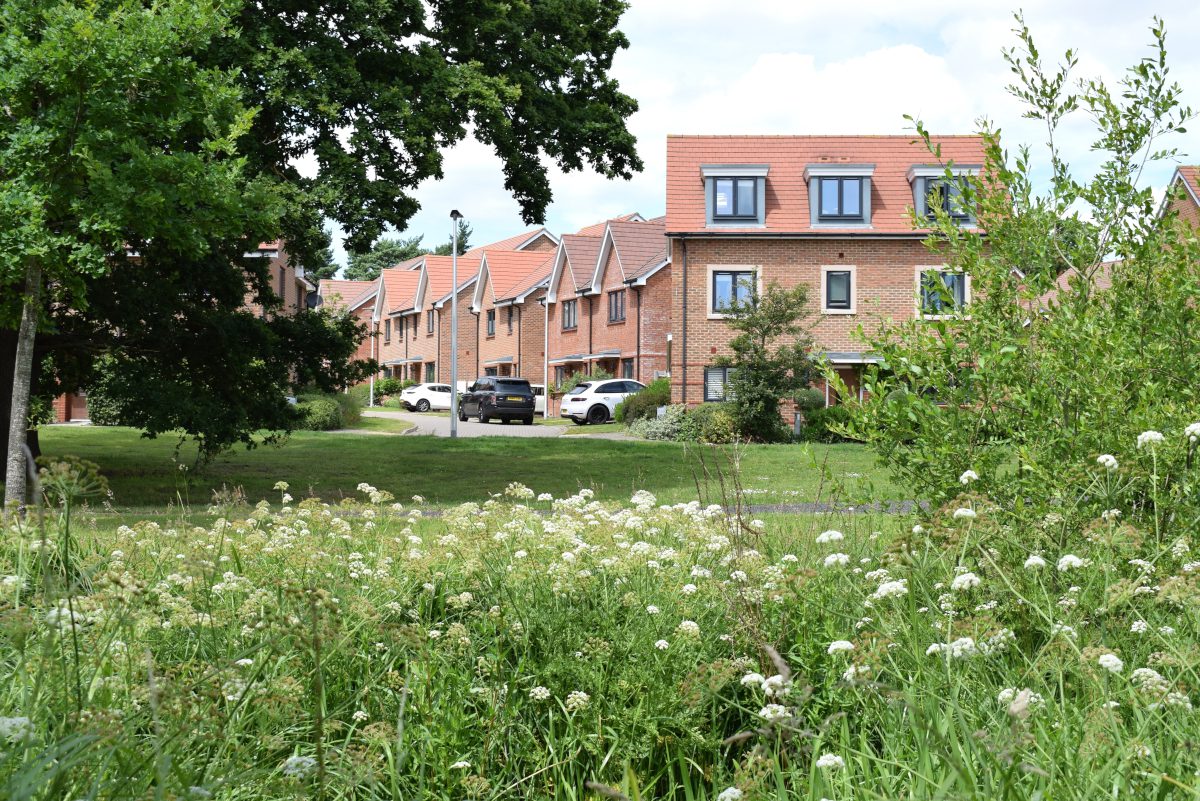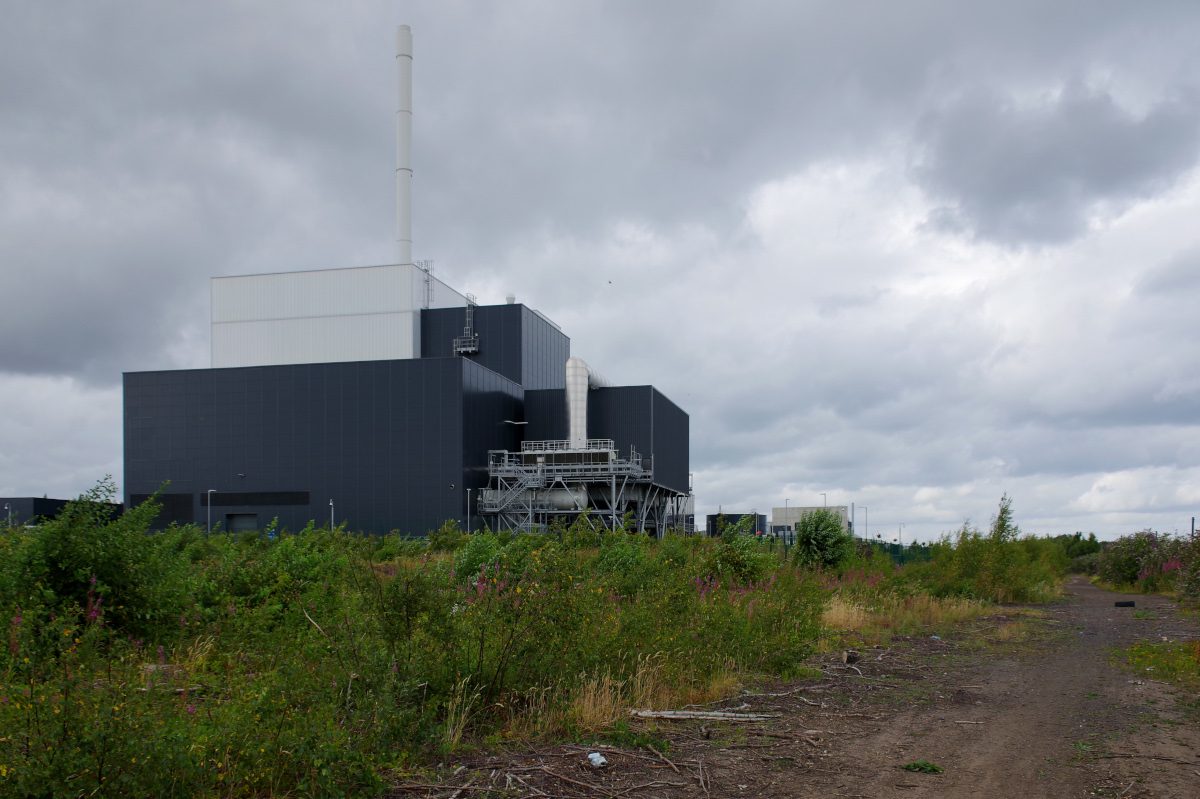Reaching net zero carbon emissions by 2050 is impossible without urgent changes to national planning policy, analysis by CPRE, the countryside charity, appears to have found.
A study of all 24 local plans outside Greater London, that have been adopted since the Climate Change Act was updated in 2019, shows just one local authority has introduced a quantified, strategic-level carbon reduction target. No other local authority has a plan to hit net zero. In each case, government planning inspectors have been content to sign off plans without making tackling the climate emergency a central priority. A study of inspectors’ reports produced before plans are adopted showed an average of only one mention of ‘climate’ for 24 mentions of ‘housing’.
Housing, transport, business and industry generate 62% of our carbon emissions. That is why CPRE is calling for the climate emergency to be urgently put at the heart of planning decisions so that we have a realistic chance of hitting net zero by 2050.
For this to happen, the National Planning Policy Framework must be amended so that:
- All new developments demonstrate a measurable reduction in net carbon emissions over the life of the development;
- All plans demonstrate how they will deliver a reduction in private car mileage;
- Any plans to boost housing and employment must also be justified on the basis of the additional carbon reductions they will deliver; and
All councils must have their net-zero carbon target integrated across the local plan as a whole, and this should be an additional test of soundness at examination.
Planning inspectors must give as much weight to environmental targets as they do house building targets. Yet national planning policy has failed to keep up with climate change legislation, leaving ambitious carbon reduction targets impossible to achieve.
CPRE’s research shows how national planning policy sets detailed and specific house building targets, with planning inspectors regularly requiring changes to local authority plans that fall short. Conversely, climate targets are generalised, subjective and hard to enforce, with no evidence that inspectors find fault with plans on environmental grounds.
Commenting on the research, Crispin Truman, chief executive of CPRE, the countryside charity, said:
‘We’re not going to hit net zero by accident – we need to plan for it. Unfortunately, local authorities are hamstrung by national planning policy that is woefully behind the times on this issue. Local plans need to act like road maps plotting the path towards the sustainable future envisaged by the government’s climate change legislation. The fact that they don’t come close to doing so is proof of the failure of current national planning policy.
‘In terms of climate, we are planning to fail. It is impossible to hit net zero if it isn’t prioritised in local plans. Providing the attractive, affordable homes that people need and ensuring it is environmentally sustainable is not an either/or trade off. We need to do both at the same time and with the same level of commitment.
‘Worryingly, CPRE’s research has found clear cut evidence that planning inspectors routinely force local authorities to adopt house building targets with no attempt to reduce greenhouse gas emissions. Worse still, there is no evidence of any serious effort to reduce car journeys – new developments are frequently planned on the edges of towns with no requirements to provide better public transport or cycle lanes to reduce road journeys.
‘We found not a single example of planning inspectors demanding changes to plans to ensure they reduce carbon emissions. This was in sharp contrast to how local plans must itemise and quantify how they will meet housing needs. Both objectives are important, but there is a stark difference in emphasis. It’s time for a revitalised, net zero-focused planning system to increase biodiversity, enhance the countryside’s ability to soak up carbon and create sustainable places to live.’
Changing how places work in order to make them a lot less energy-hungry is a crucial step on the road to net zero – and the planning system is the means to do it. Local plans need to radically reduce public dependence on car travel, including by introducing thriving ‘20-minute neighbourhoods’ that place housing, amenities and workplaces within walking distance of each other. Industrial and commercial developments could be permitted on the condition they install solar panels, helping create a modern network of rooftop renewable energy that would reduce pressure on the countryside. A renewed ‘brownfield first’ approach would redevelop land and buildings in the heart of communities where housing is most needed, retaining and reusing the embodied carbon.
















